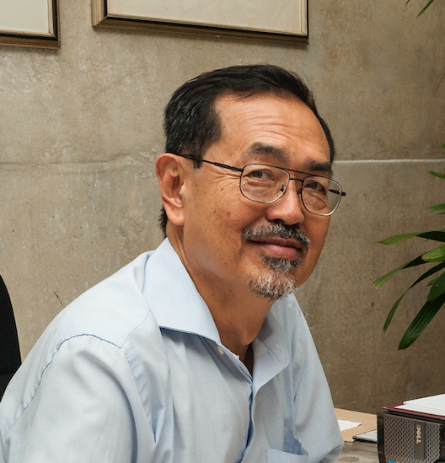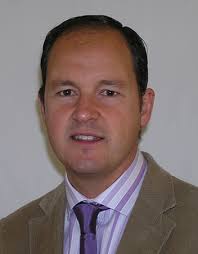The Plenary Sessions e Short Talks that will take place during the conference, along with their abstract and respective speaker, are given below.
Short Talks
Other Multimedia Presentations Available to Download (New):
Prof. Mario Neto Borges (Brazilian Main Research Funding Agency President)
RAP Session Presentation of Prof. Marcelo Lobo Heldwein
RAP Session Presentation of Prof. Marcello Mezaroba





